Ceramics are made by shaping a soft material and then firing it in a kiln to harden it.
One of the most popular methods of shaping ceramics, aside from the pottery wheel, is hand-building.
In this process, the artist begins with a ball of clay and uses their hands, tools, and imagination to form it into the desired shape.
There are several clay handbuilding techniques that can be used when hand-building clay forms.
The most common are pinching, coiling, and slab building.
In this article we'll take a closer look at each of these methods, so you can get started on your next project!
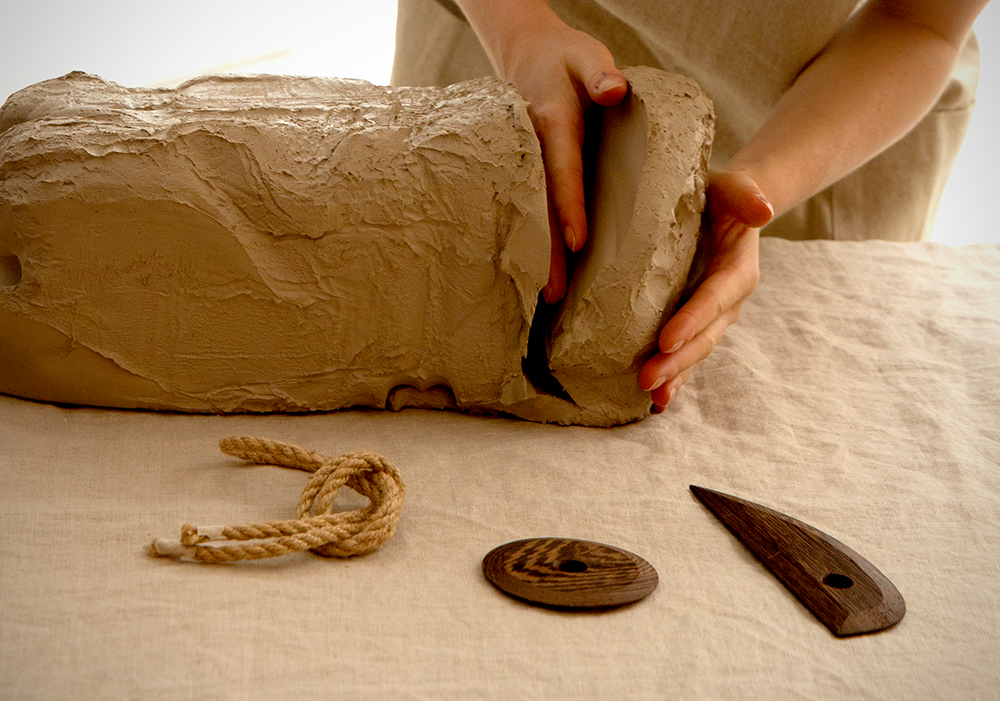
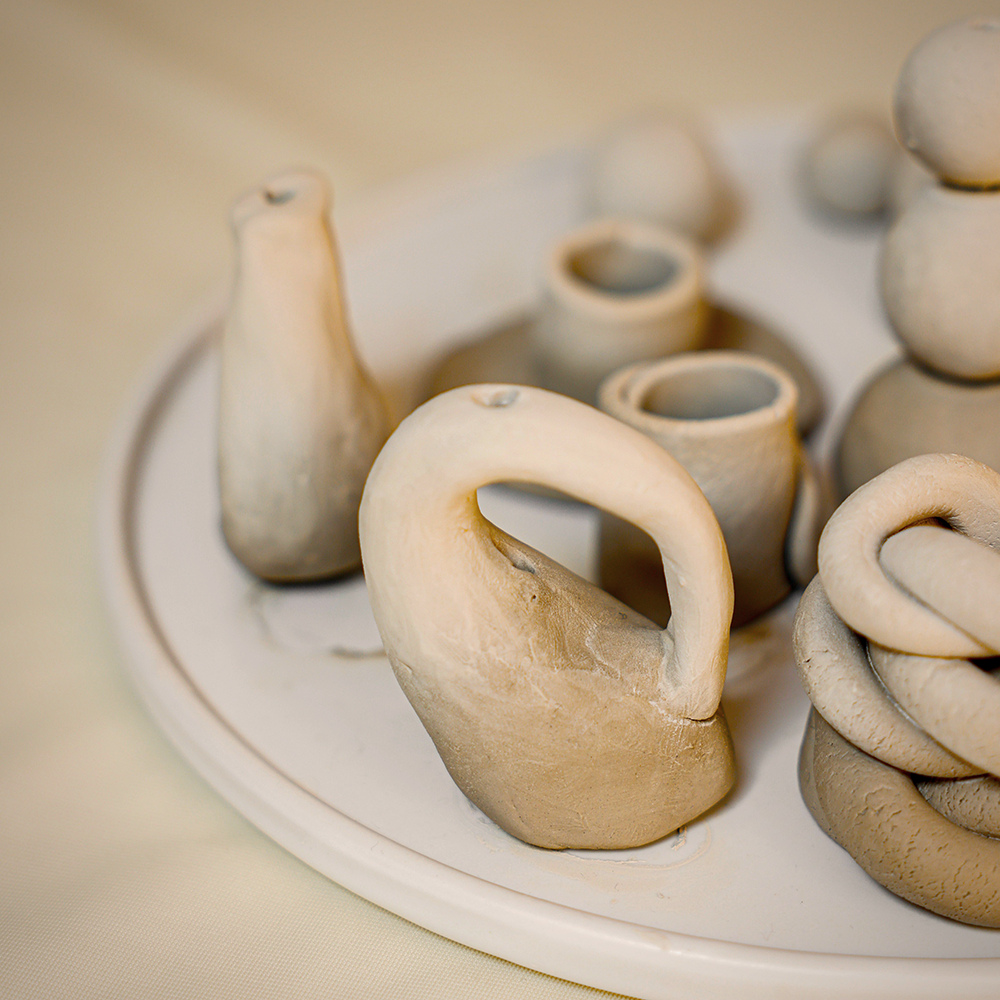
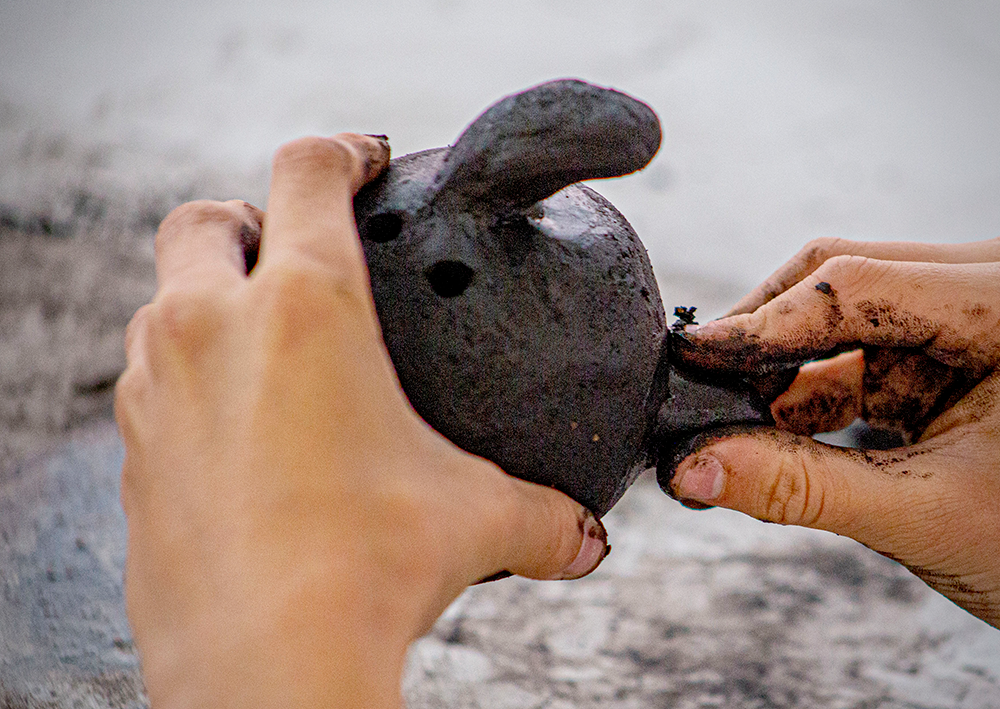
Choose Your Clay
Before you can begin handbuilding with clay, you must choose the right type of clay for your project.
There are several types of clay available, each with their own characteristics.
The most common types are earthenware, stoneware, and porcelain.
Earthenware is the easiest to work with and is a popular choice for beginners.
Stoneware and porcelain are harder and more difficult to shape, but they are also more durable once fired.
Porcelain is the finest and most delicate of all, but it is also the most expensive.
These clays all require a kiln firing after they have been shaped.
The firing process involves heating the clay to a high temperature in order to harden it and make it permanent.
There are other types of clay, like self-hardening, air-dry, or polymer clay, that do not require a kiln firing.
These are typically used for simple projects and can be great options for beginners who want to learn the basics of hand-building.
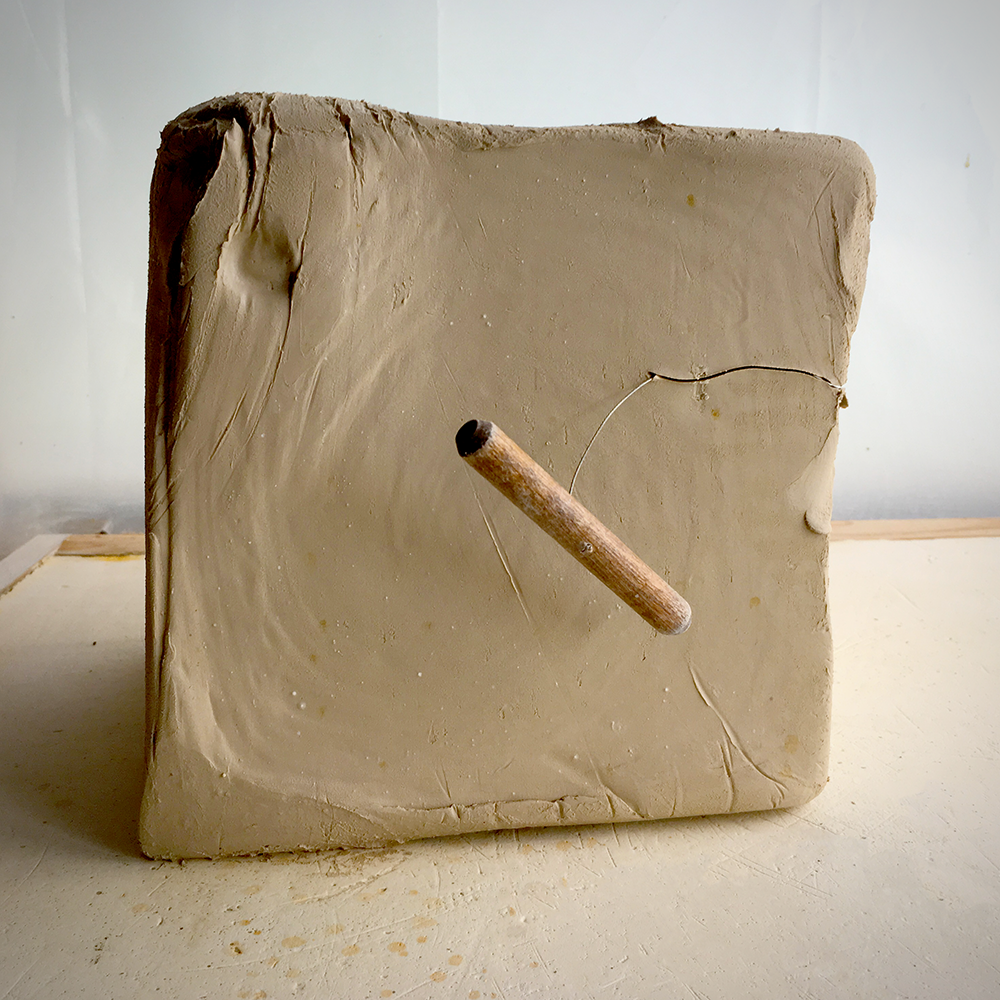
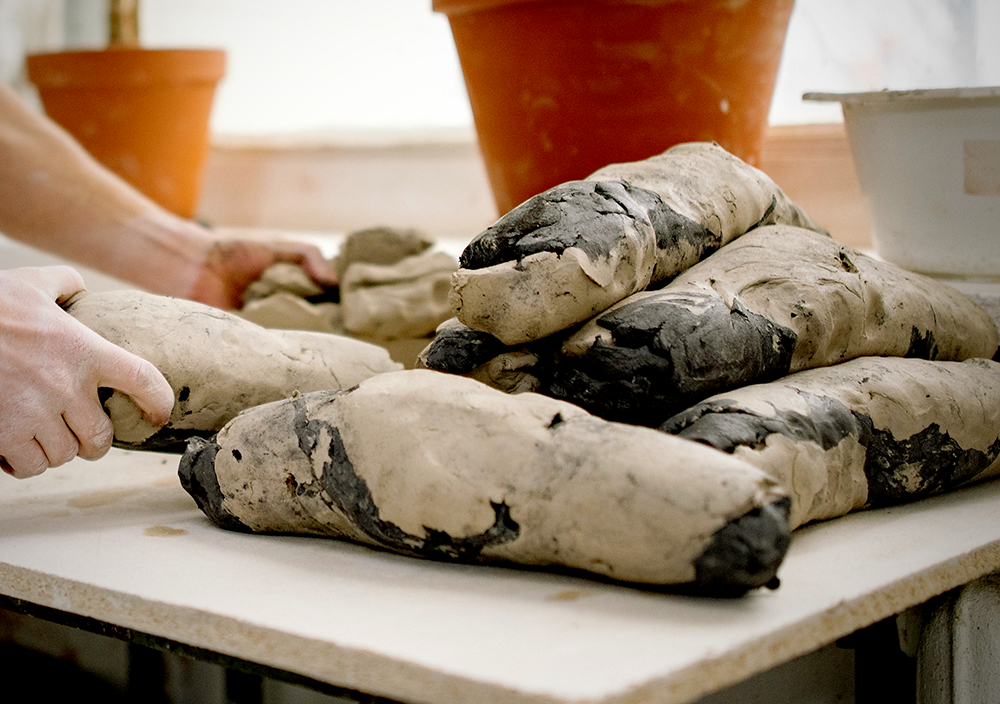
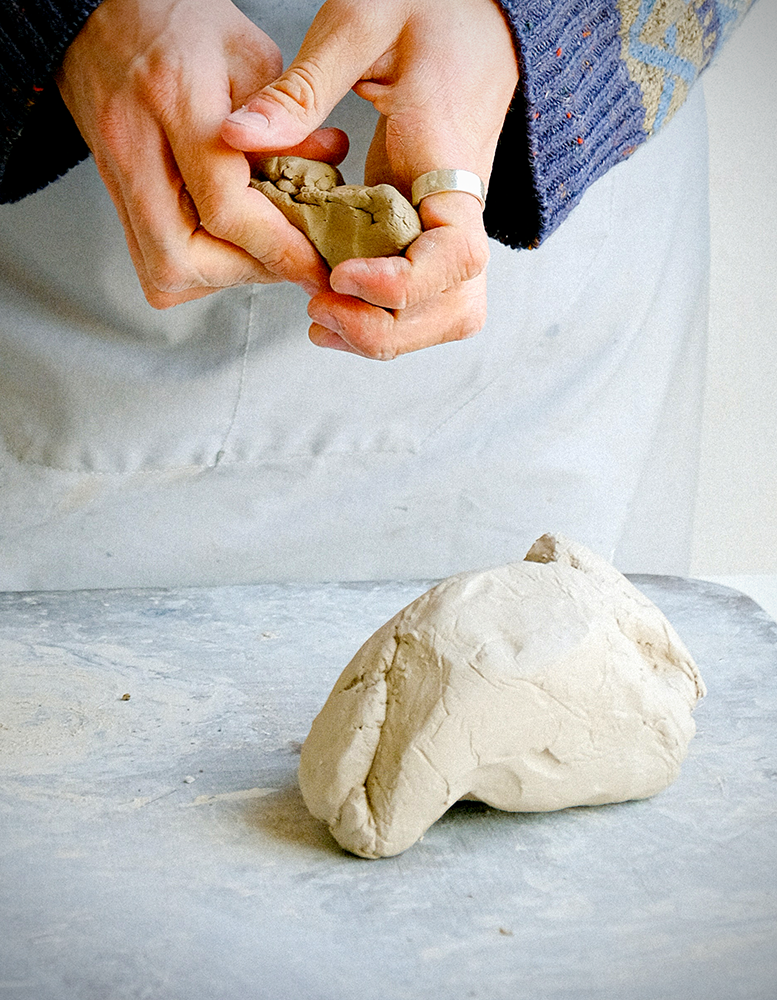
Preparing Your Clay
Once you have chosen your clay, it is important to prepare it properly before beginning your ceramics project.
The clay should be kneaded and wedged in order to soften it and make it more malleable and pliable.
If the clay is too dry, it can be moistened with a damp sponge or a spritz of water.
This will help make the clay easier to work with and shape.
It is also important to keep your tools clean and free of clay residue, as this can affect the outcome of your project.
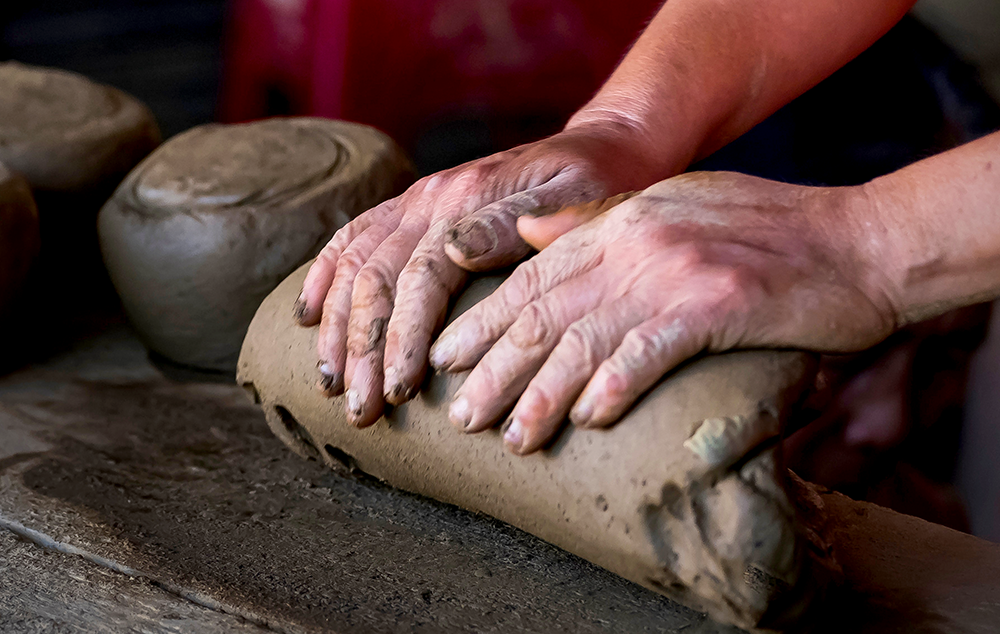

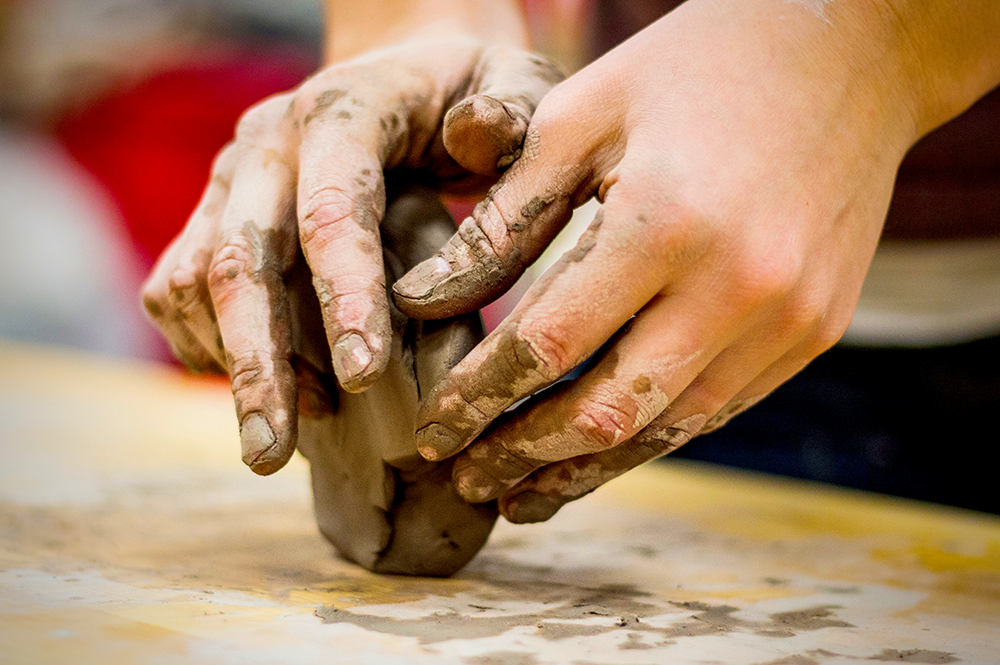
Hand-Building Techniques
Now that you have chosen and prepared your clay, you can begin to hand-build your project.
The most common methods of hand-building ceramics are pinching, coiling, and slab building.
Each method involves manipulating the clay in a different way, and each has its own unique look.
Experiment with each method to see what works best for the project you are creating.
Pinching
Pinching is one of the simplest hand-building techniques.
To pinch a piece of clay, start with a ball of clay and simply use your thumb and forefinger to pinch off small pieces.
These small pieces can then be formed into whatever shape you desire. Pinching is often used to create smaller details on larger pieces that have been coiled or slab built.
You can also use pinching to create a common starter project: pinch pots.
To use the pinch pot method, start with a ball of clay and use your thumb and forefinger to pinch the sides in.
Continue pinching until you have created the desired shape of your simple pinch pot.
You can also use this technique to create larger pinch pots, but it's best to start of small when you're just beginning.
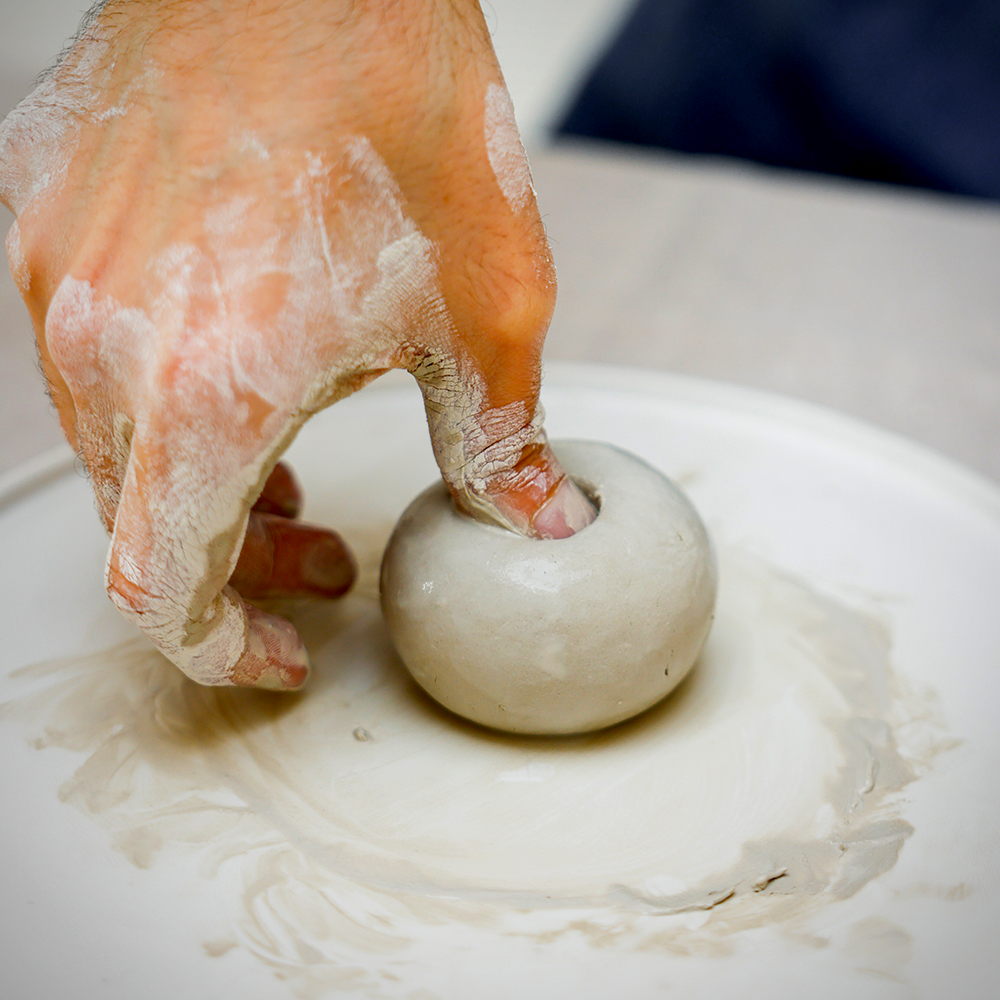
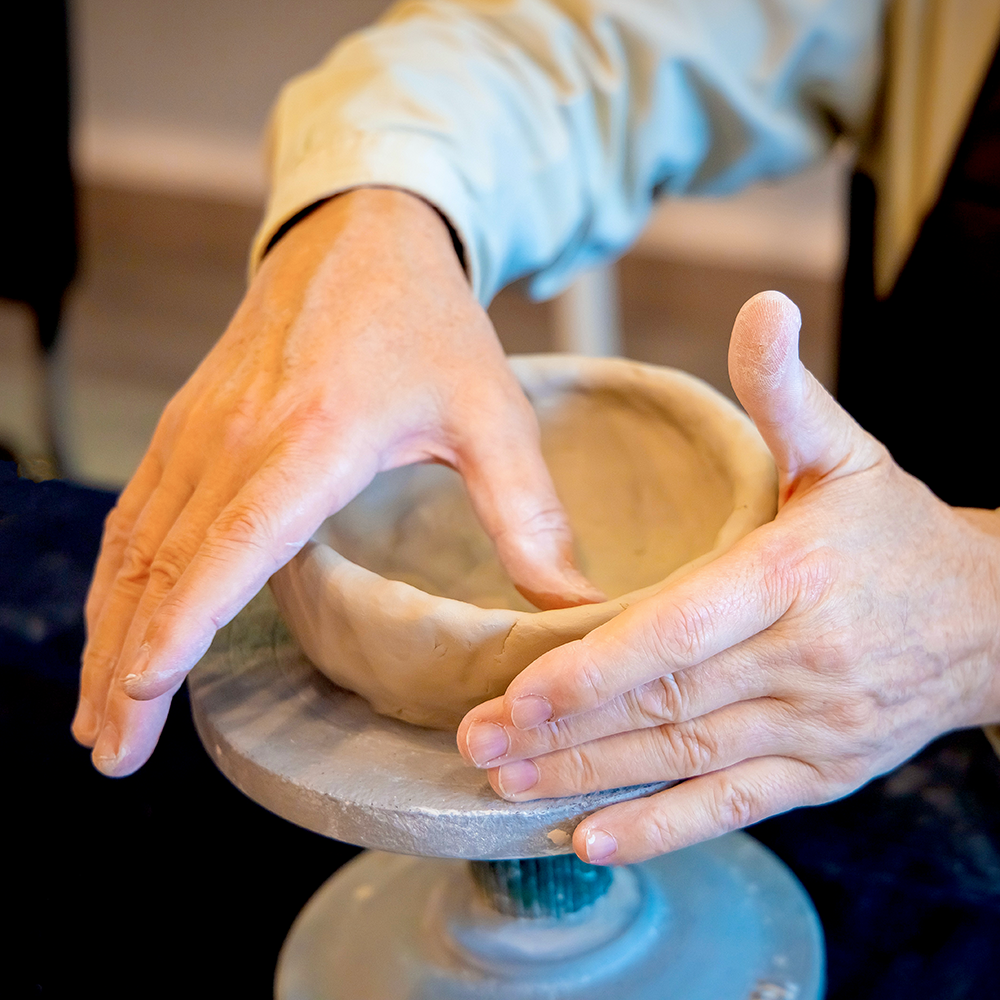

Coiling
Coil pottery is a bit more complicated than pinch pottery, but it can be used to create larger and more intricate pieces
To coil a piece of clay, start with a long rope of clay.
This rope can be made by rolling the clay back and forth between your hands until it forms a long, even rope.
You can also use a clay extruder for coil building.
Once you have your clay coils, begin wrapping a coil around itself in a spiral shape, using your fingers to press and shape the clay as you go.
This technique can be used to create large vessels, sculptural pieces, and more.
Coiling is often used to create cylindrical shapes like vases, cups, or coiled pots.
These projects are created by coiling the clay up in a spiral and then pinching or cutting off the excess clay at the bottom, which creates a flat base.

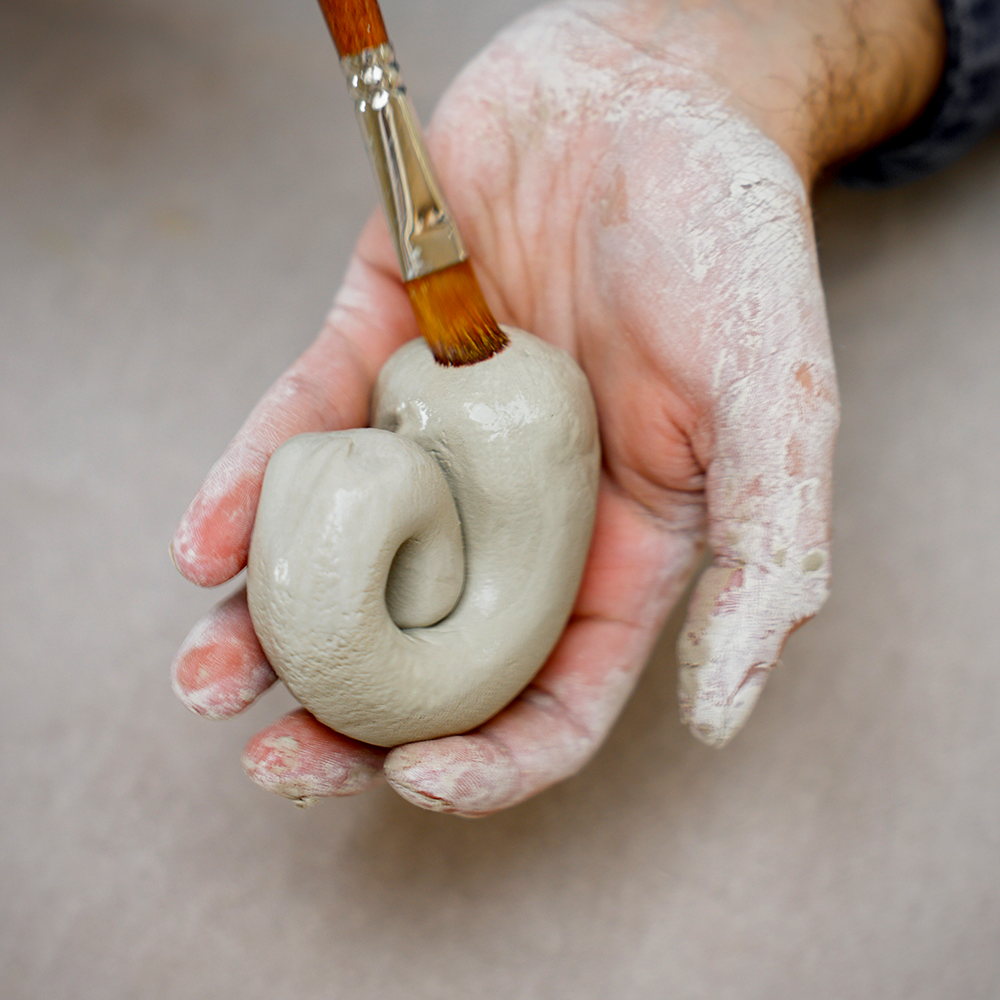
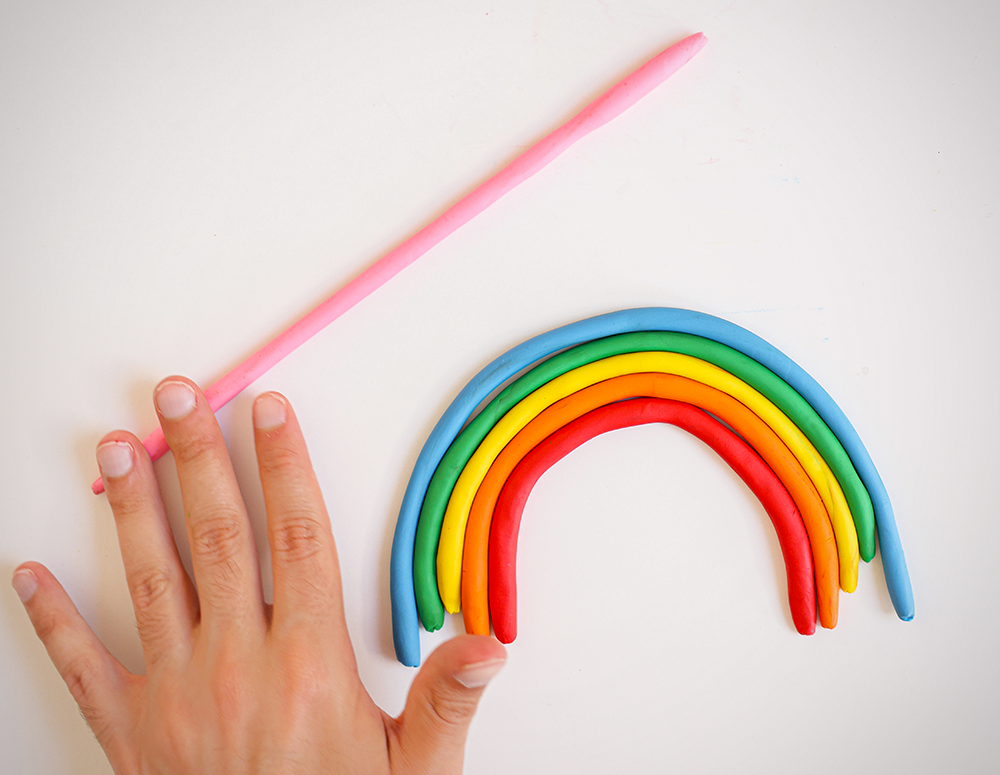
Slab Building
Slab building is a third popular hand-building technique.
This is a technique that involves creating shapes by cutting and joining together flat pieces of clay.
To slab build, start by rolling out your clay until it forms an even sheet (hence the name "slab").
You can use a slab roller to do this or create a clay slab by hand with a rolling pin.
This sheet can then be cut into smaller pieces and formed into whatever shape you desire.
You can even use molds and other simple tools to help shape the clay.
These slabs can then be joined together to create larger, more complex pieces.
Slab building is often used to create flat shapes like plates or bowls, but you can also create buildings, figurines, and more.
Slab pots are made by cutting out flat, circular shapes and then cutting them down the center.
The two halves are then joined together to form a bowl or other desired shape.
The possibilities are endless, so see what you can create!
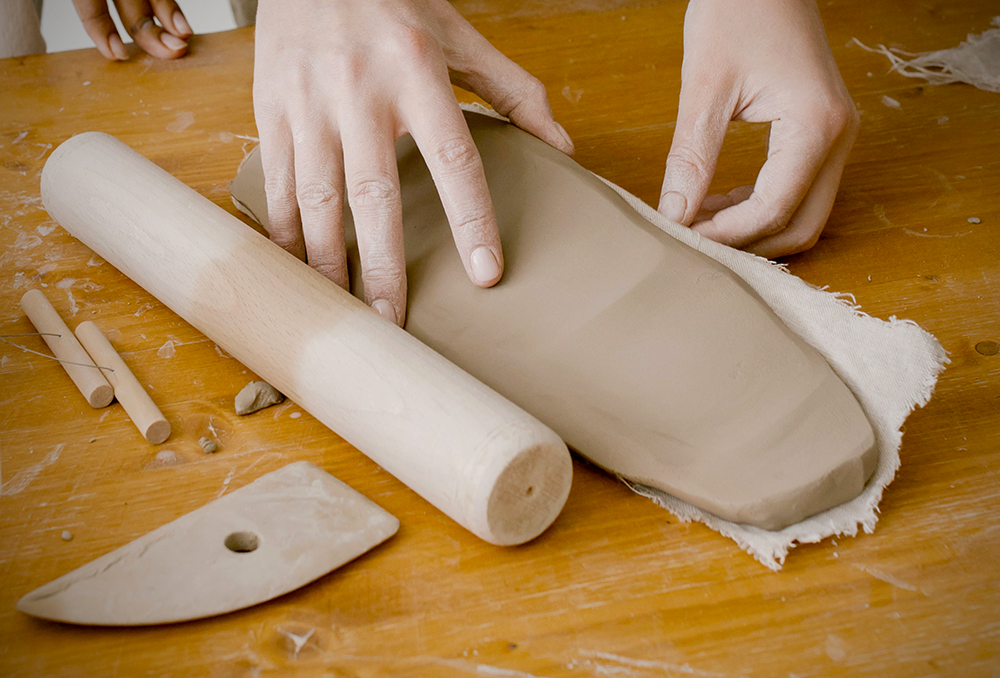
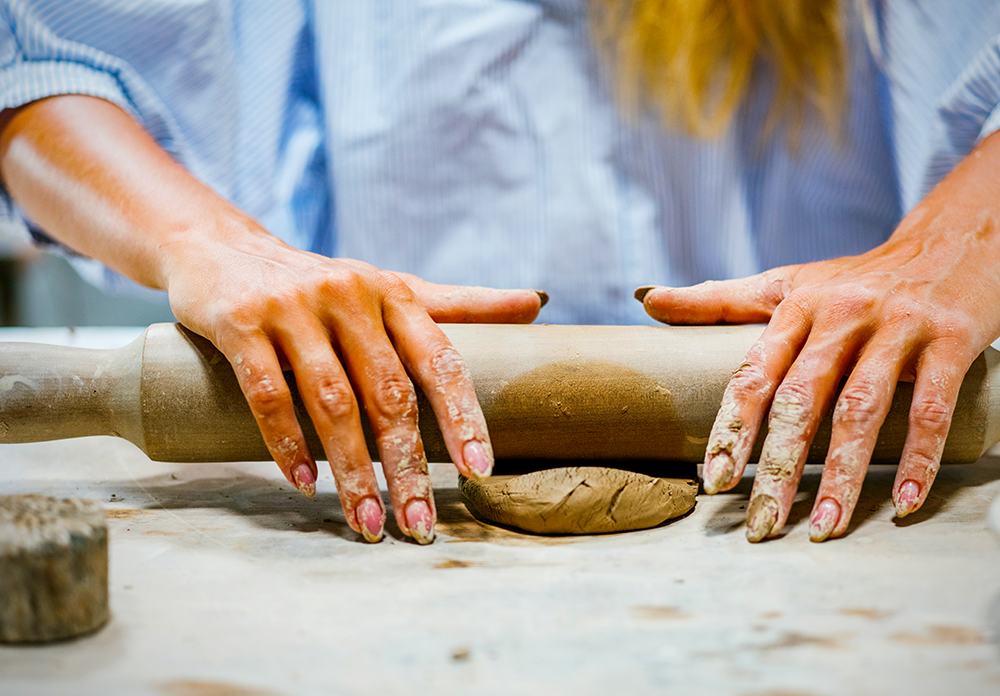

Firing Your Piece
Once you are finished hand-building your piece,it is important to let the clay dry completely before moving on to the firing process.
This can take anywhere from a few days to a few weeks, depending on the size of your project and the humidity.
Once the clay is dry enough, it can then be fired in a kiln and glazed to create the final product.
The firing process involves heating the clay until it reaches a certain temperature, which helps to harden and strengthen it.
Different types of clay require different temperatures and firing times, so it is important to research your particular clay before beginning the firing process.
Once the piece has been fired and glazed, it is now ready to use and enjoy!
With practice and patience, you will be able to create wonderful ceramic pieces with these hand-building techniques.
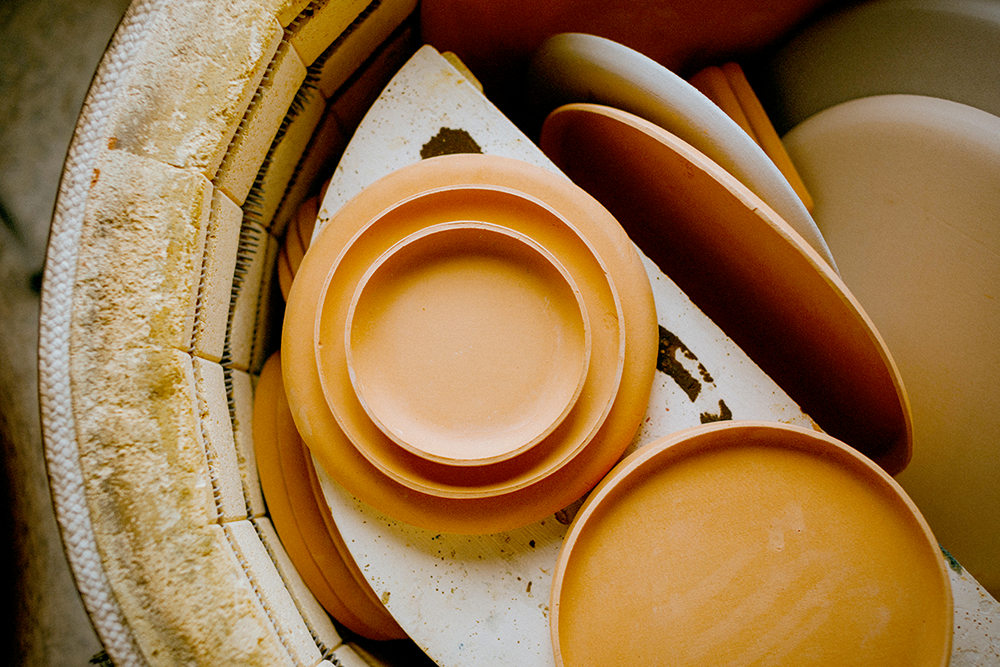
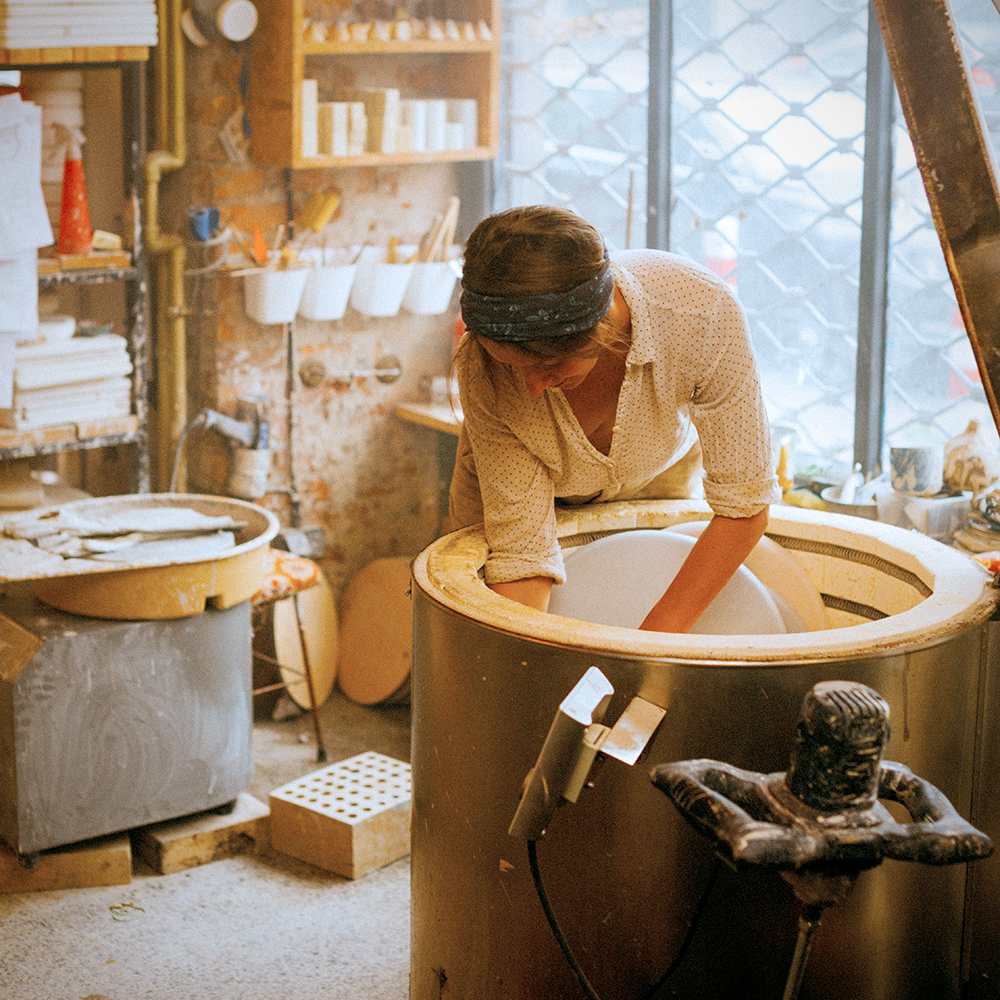
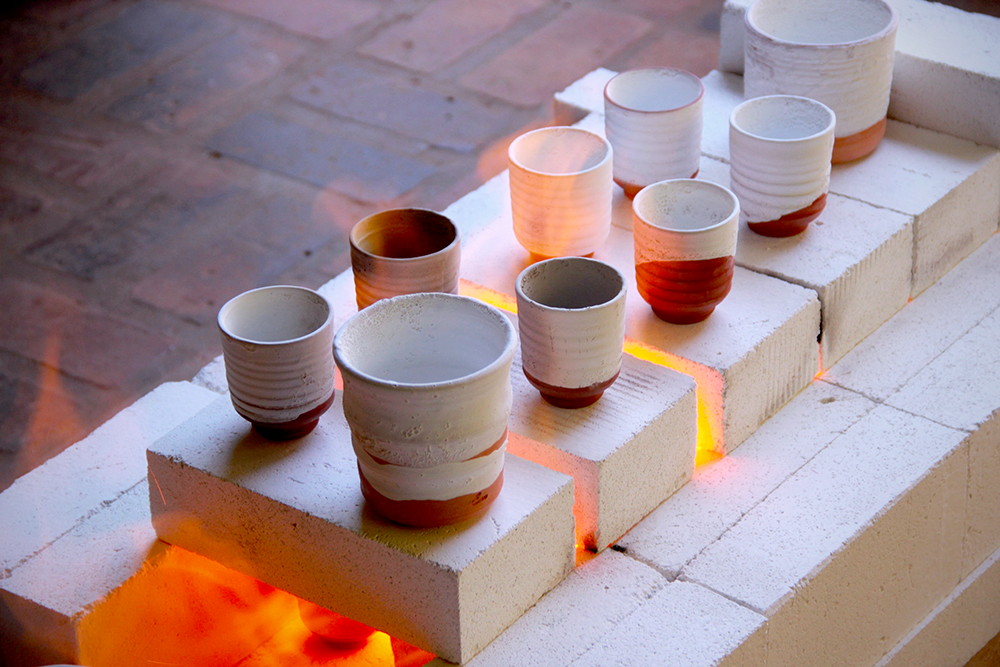
Creating Hand-Built Ceramics
Handbuilding pottery can be a great way to express creativity and hone your craftsmanship.
It is a fun and rewarding hobby that anyone can enjoy!
With the right technique and a little bit of patience, you can create beautiful pieces with your own two hands.
Whether it's pinch pots, coiled vessels, or slab-built sculptures, the possibilities are endless!
By using simple techniques like pinching, coiling, and slab building, you can create beautiful works of art that will last a lifetime.
Start with simple pinch pots or coils before moving on to more complicated projects.
Experiment with each technique to find what works best for you, and take your time to get it just right.
With practice, patience, and a bit of creativity, you will be well on your way to creating wonderful works of art.
So, what are you waiting for?
Get out there and start hand-building your next project today!



Want to learn more about hand building techniques? Check out Fugli's video!
Want even more content about creativity and art?
Be sure to check out all of our creative chronicles!
Love pottery and working with clay?
Check out some of our other ceramic articles:










